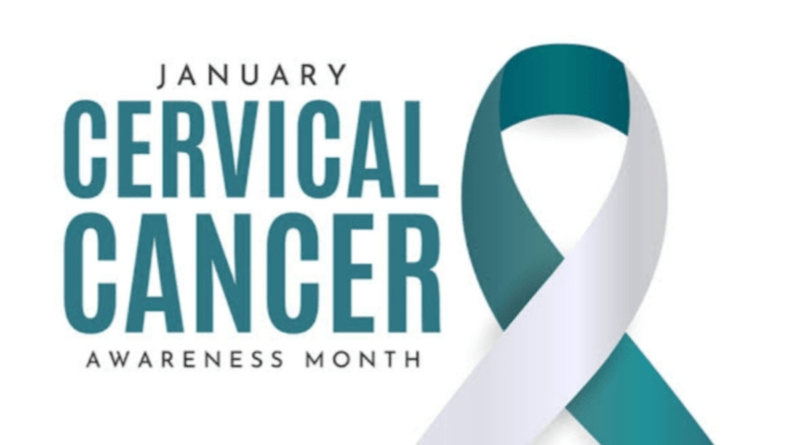Now : unroll Awareness about Cervical Cancer Targeting The Female Population.
The cervix, which is the bottom portion of the uterus that is attached to the vagina, is where cervical cancer begins. The Human Papilloma Virus (HPV) vaccines aid in the prevention of female cervical cancer.
Cervical cancer accounts for between 6 and 29% of all cancers in Indian women; Mizoram state has the highest incidence rate.
What signs of cervical cancer are present?
In its early stages, cervical cancer symptoms might not be noticeable.
But when the illness worsens, there may be warning indicators like irregular vaginal bleeding—including post-coital bleeding—bleeding during or after menopause, watery or odorous vaginal discharge, and pelvic pain, particularly during sexual activity.
Examined cervixes with ulcers and uneven surfaces for further early indicators of cervical cancer.
Cervical cancer symptoms:
While there are no symptoms in the initial stages, as the disease progresses, different people may have different symptoms. Among them are:
Vaginal bleeding that is not usual.
Alteration to the menstrual cycle rhythm.
Bleeding or soreness after sexual activity.
Discomfort in the lower back or in the area of the colon.
Urine containing blood or blood in the rectum.
Most significantly, understanding of the condition and meaningful action around it are the keys to both preventing and surviving cervical cancer.
How can cervical cancer be avoided?
Experts advise women to get routine examinations and emphasize the value of HPV vaccination in order to lower the incidence of cervical cancer.
“When administered in the recommended dosage, the HPV vaccine can prevent cancer in around 90 to 95% of cases. Given that cervical cancer is the second-leading cause of death for women in the nation, morbidity and mortality may be decreased.”




